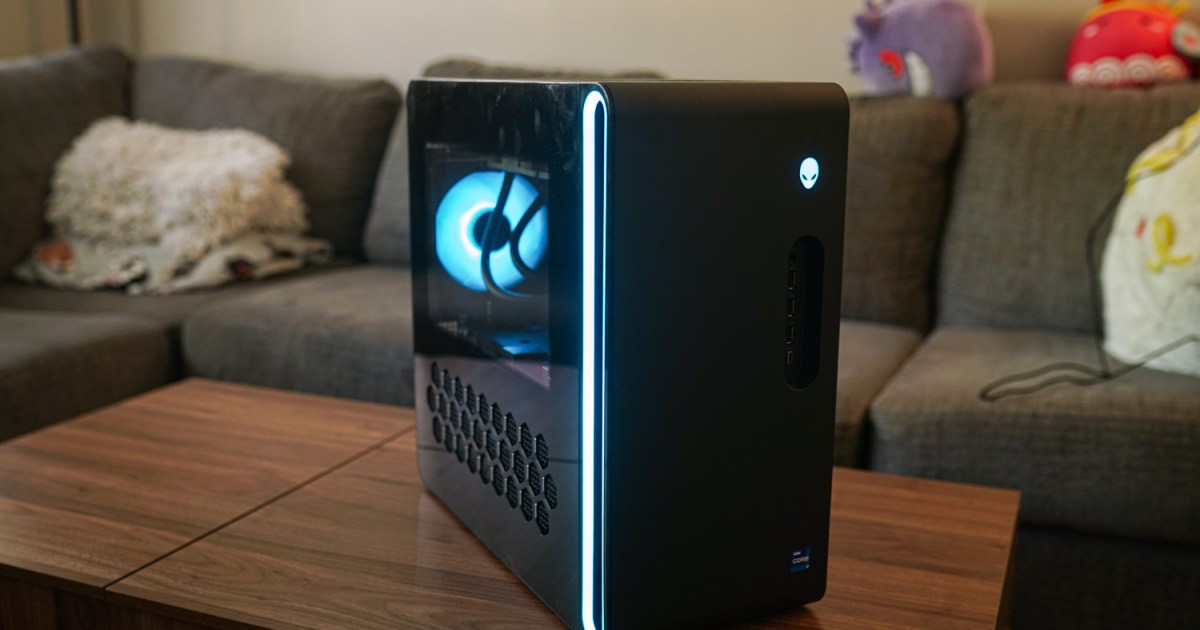Samsung’s latest Unpacked event has wrapped up, and with it, we’ve been introduced to the Galaxy S25 series. As expected, the lineup includes the standard Galaxy S25, the middle-tier S25 Plus, and the flagship Galaxy S25 Ultra. Packed with impressive hardware like the Snapdragon 8 Elite chipset, AI-driven features, and camera enhancements, the Galaxy S25 Ultra is undoubtedly a powerful device.
But is it worth upgrading to right now? Depending on your current phone, you might find these updates more incremental than groundbreaking. There are compelling reasons to consider holding off until next year’s Galaxy S26 Ultra. Let’s break down why waiting might be the smarter move.
A massive 200MP periscope telephoto camera
 Jason Howell / Digital Trends
Jason Howell / Digital TrendsThe Galaxy S25 Ultra brings some improvements to its camera system, but much of it feels like a continuation of what we’ve already seen. For instance, while most of the cameras remain unchanged from last year’s Galaxy S24 Ultra, there is one notable upgrade: the ultra-wide camera now features a 50MP sensor, replacing the 12MP sensor from its predecessor. This means sharper and more detailed wide-angle shots—a welcome improvement for anyone who frequently uses this lens.
However, if you’re someone who relies heavily on telephoto photography (as I do), there’s an exciting rumor that could make waiting for the Galaxy S26 Ultra worthwhile. According to leaker DigitalChatStation, Samsung is exploring an unannounced 200MP sensor for a periscope telephoto camera. This 1/1.5-inch sensor could debut on the S26 Ultra and would represent a significant leap forward in zoom capabilities. Not only would it enhance optical zoom performance, but it could also deliver superior crops when zooming digitally—offering more usable results even when relying on software-based zooming.
For photography enthusiasts or anyone who values cutting-edge camera technology, this potential upgrade alone might justify holding out for one more year.
New battery technology and faster wired charging
 Jason Howell / Digital Trends
Jason Howell / Digital TrendsThe Galaxy S25 Ultra sticks with a tried-and-true formula when it comes to battery capacity: a 5,000mAh cell—the same size Samsung has used since the Galaxy S20 Ultra in 2020. While this capacity is sufficient for most users, it doesn’t represent any real advancement in battery technology.
The Galaxy S26 Ultra, however, could change that entirely. A leak posted by Jukanlosreve on X, referring to leaker Ice Universe suggests that Samsung may adopt silicon-carbon battery technology for its next flagship. This type of battery offers higher energy density compared to traditional lithium-ion cells, potentially increasing capacity by around 13% without requiring additional physical space. For context, devices like the OnePlus 13 and Honor Magic 7 Pro have already implemented this technology with impressive results.
What does this mean for the S26 Ultra? Samsung could either increase battery capacity while maintaining its current slim profile or keep capacity steady while making the device even thinner.
On top of that, another rumor by @kro_roe on X suggests that the S26 Ultra might support up to 65W wired charging—a significant jump from the 45W charging speed that Samsung has stuck with since the Galaxy Note 10 series. Faster charging combined with a more advanced battery could make a tangible difference in daily usability for all users.
Thinner and brighter display
 Jason Howell / Digital Trends
Jason Howell / Digital TrendsThe display on Samsung’s Ultra models has always been a standout feature, and while the Galaxy S25 Ultra continues this tradition with its high-quality OLED panel, next year’s model could take things even further.
A report from the Korean publication The Elec indicates that Samsung is exploring a display technology called “Color-filter-on-thin-film-encapsulation” (CoE). This innovation replaces traditional polarizing layers in OLED screens with color filters and black layers to define pixels. The result is a thinner display that’s brighter and more power-efficient.
Currently, polarizing layers reduce reflections and improve visibility but also limit brightness levels and require more power to achieve higher luminosity. CoE would address these drawbacks while contributing to a slimmer overall design. Given that Samsung has already used CoE technology in its foldable devices starting with the Galaxy Z Fold 3, it wouldn’t be surprising to see it make its way to next year’s flagship Ultra model.
Advanced face scanning akin to Apple’s Face ID
 Jason Howell / Digital Trends
Jason Howell / Digital TrendsOne area where Samsung has lagged behind competitors like Apple is facial recognition technology. While Apple’s Face ID relies on advanced hardware such as infrared light and dot projection for secure 3D face mapping, Samsung’s facial recognition system depends solely on its front-facing camera—making it less accurate and secure by comparison.
That could change with the Galaxy S26 Ultra. A leak from Haizaki Ryouhei initially suggested that Samsung was working on a new feature called PolarID—a polarized facial identification system that doesn’t require additional sensors but instead leverages Qualcomm Snapdragon processing and Samsung LSI hardware integrated into the display design. Although early rumors pointed to PolarID debuting with the Galaxy S25 Ultra, leaker SawyerGalox later clarified that it would likely appear first on next year’s model.
If true, PolarID could bring Samsung’s face-scanning tech closer in line with Apple’s Face ID in terms of security and reliability—another reason why waiting for the S26 Ultra might be worth considering.
Even more Ultra than before
 Jason Howell / Digital Trends
Jason Howell / Digital TrendsThe Galaxy S25 Ultra is undoubtedly an impressive smartphone with meaningful upgrades over its predecessor—but many of these improvements feel iterative rather than transformative. If you’re using an older device or are eager to upgrade now, you’ll likely be satisfied with what Samsung has delivered this year.
However, if you’re someone who values innovation or simply wants to future-proof your investment as much as possible, holding out for the Galaxy S26 Ultra seems like a smart move.



















 English (US) ·
English (US) ·